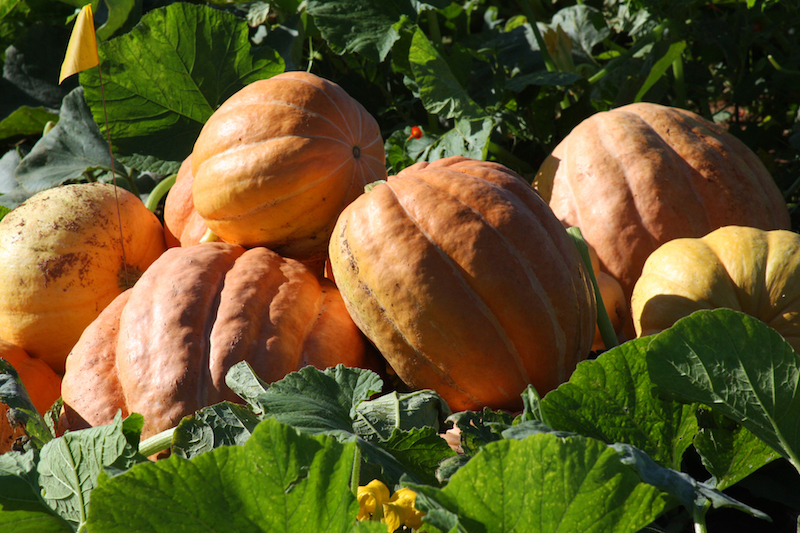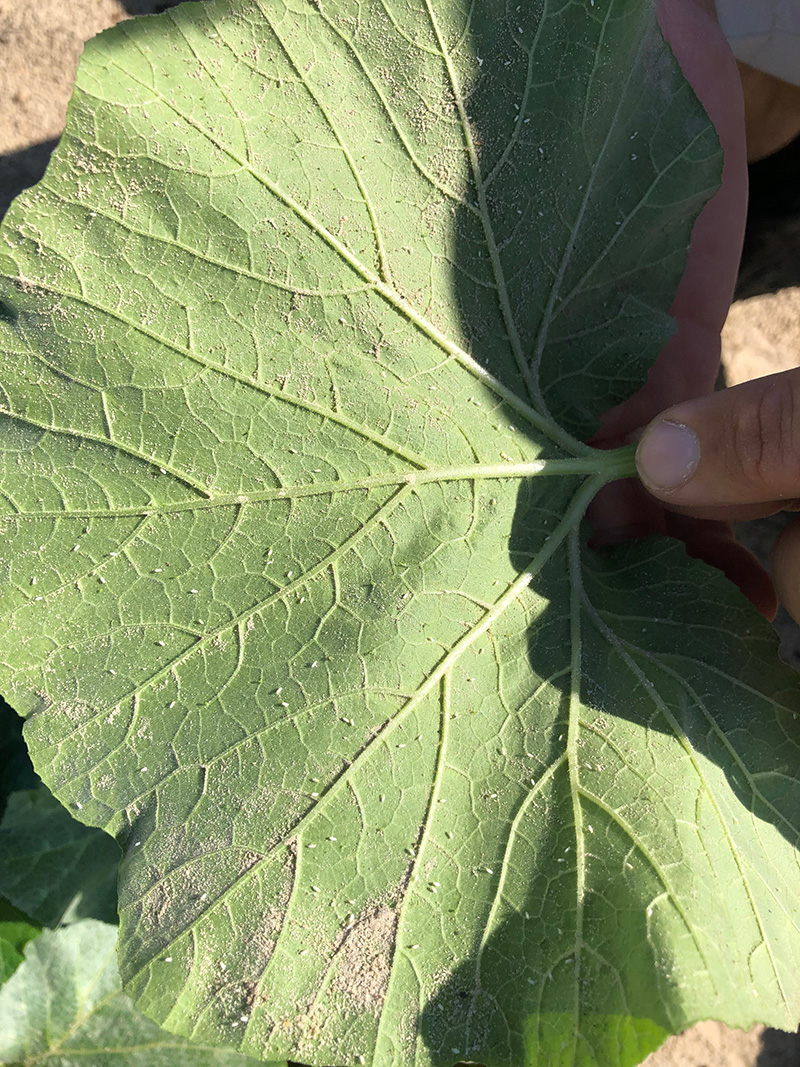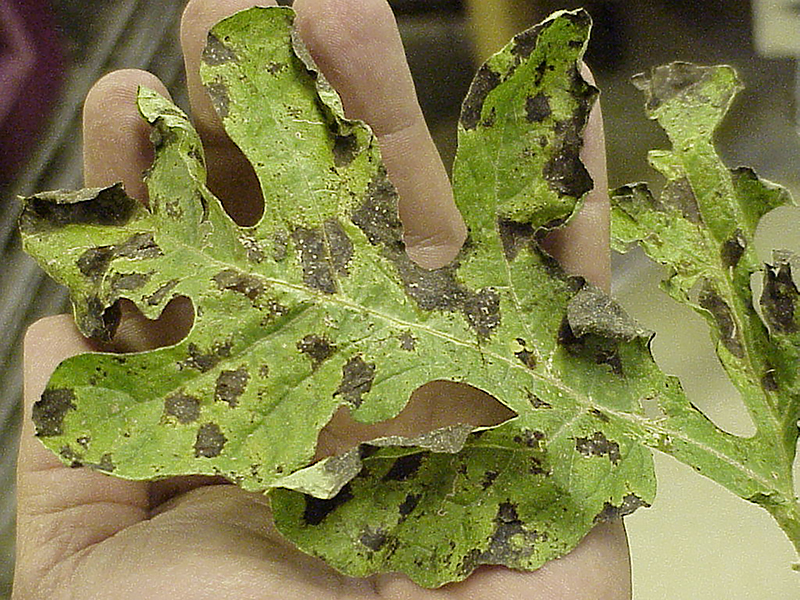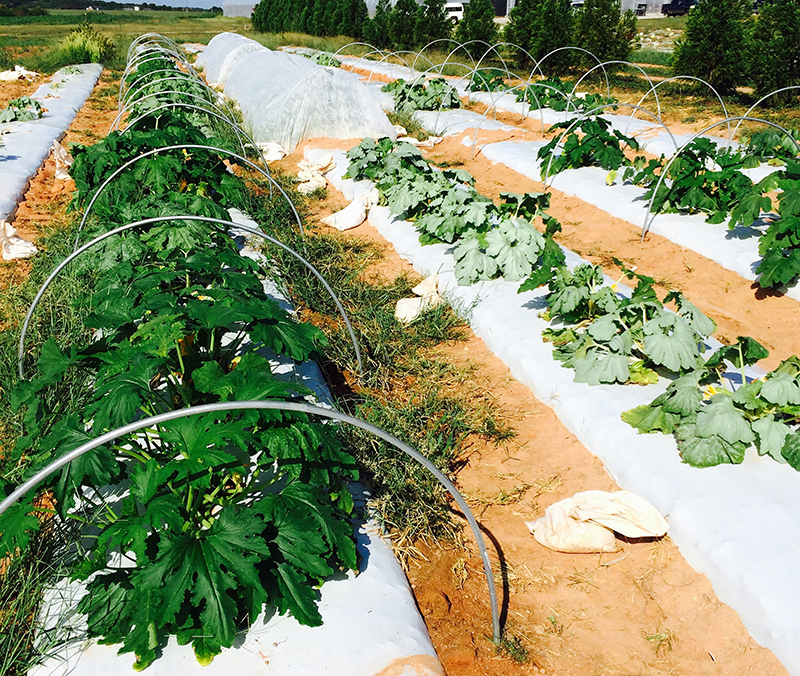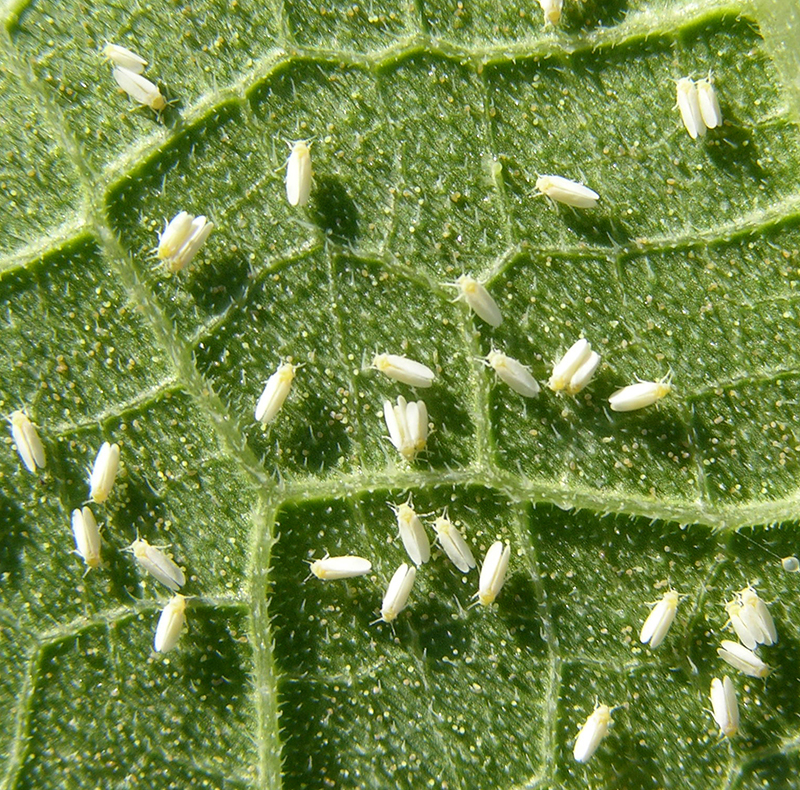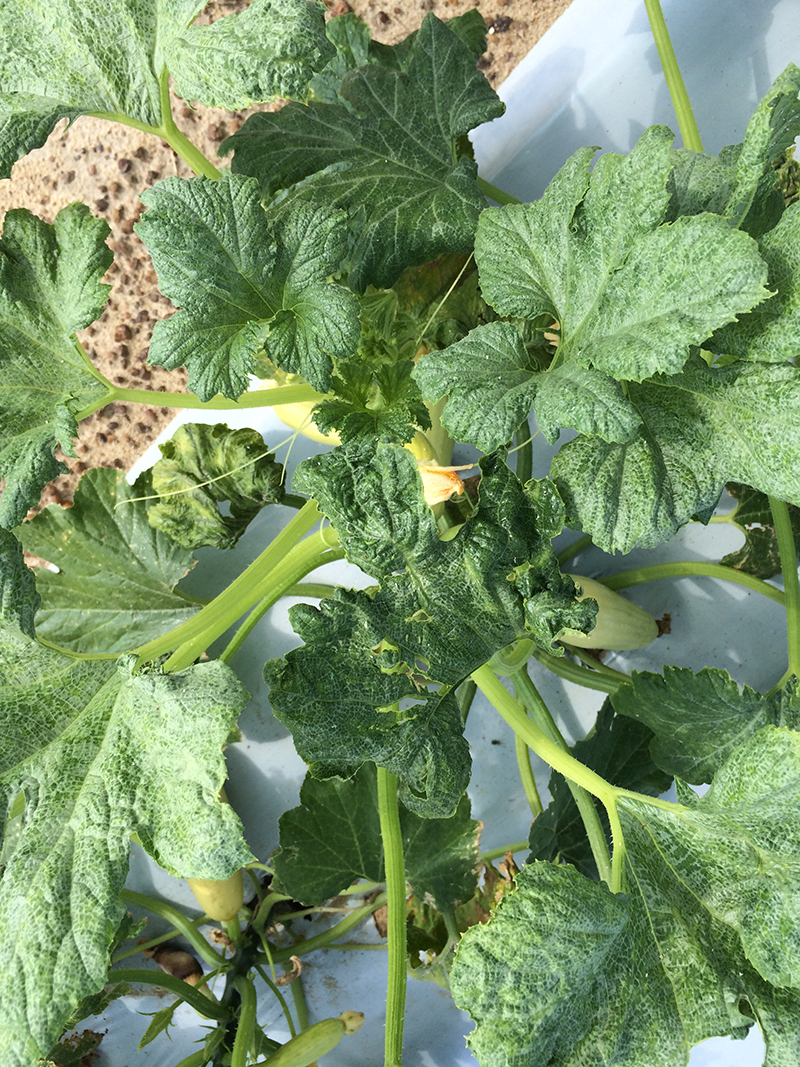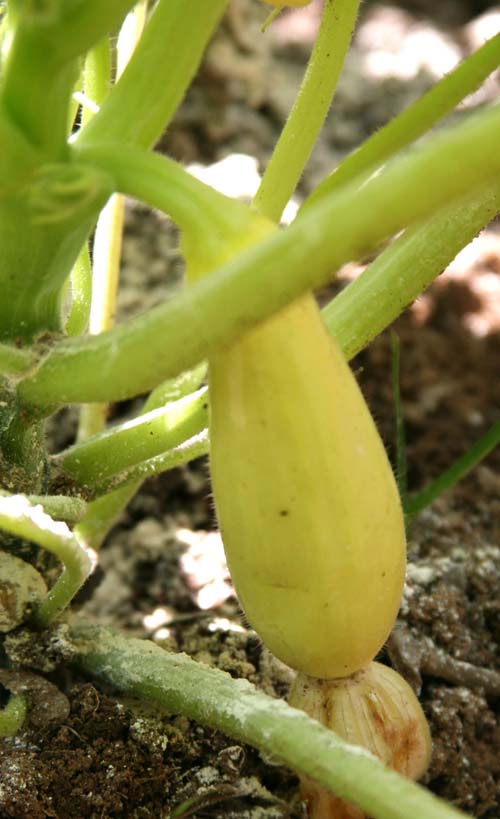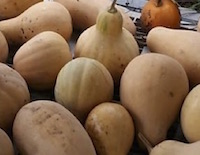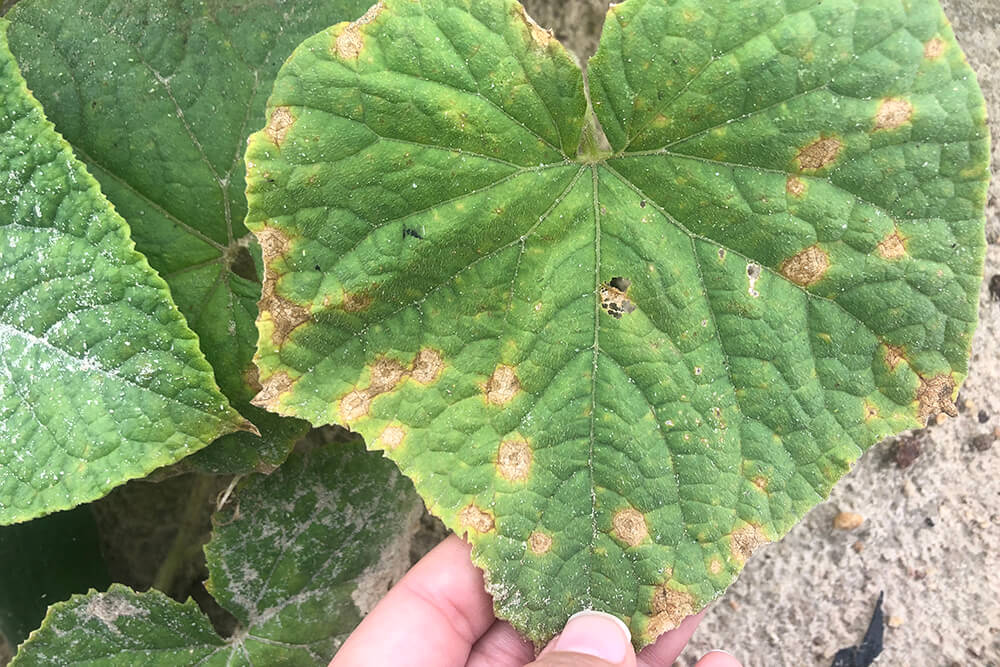 CAES News
CAES News
USDA Cucurbit Grant
Seven East Coast states harvested nearly 102,000 acres of watermelon and cucumber in 2019 and 2020, representing more than 62% ($410 million) and 45% ($180 million) of the U.S. production of the two crops, respectively. Growers of cucurbits — which include melons, pumpkin, squash and cucumbers — face numerous challenges in production, leading to decreased profitability and less produce on grocery shelves.

